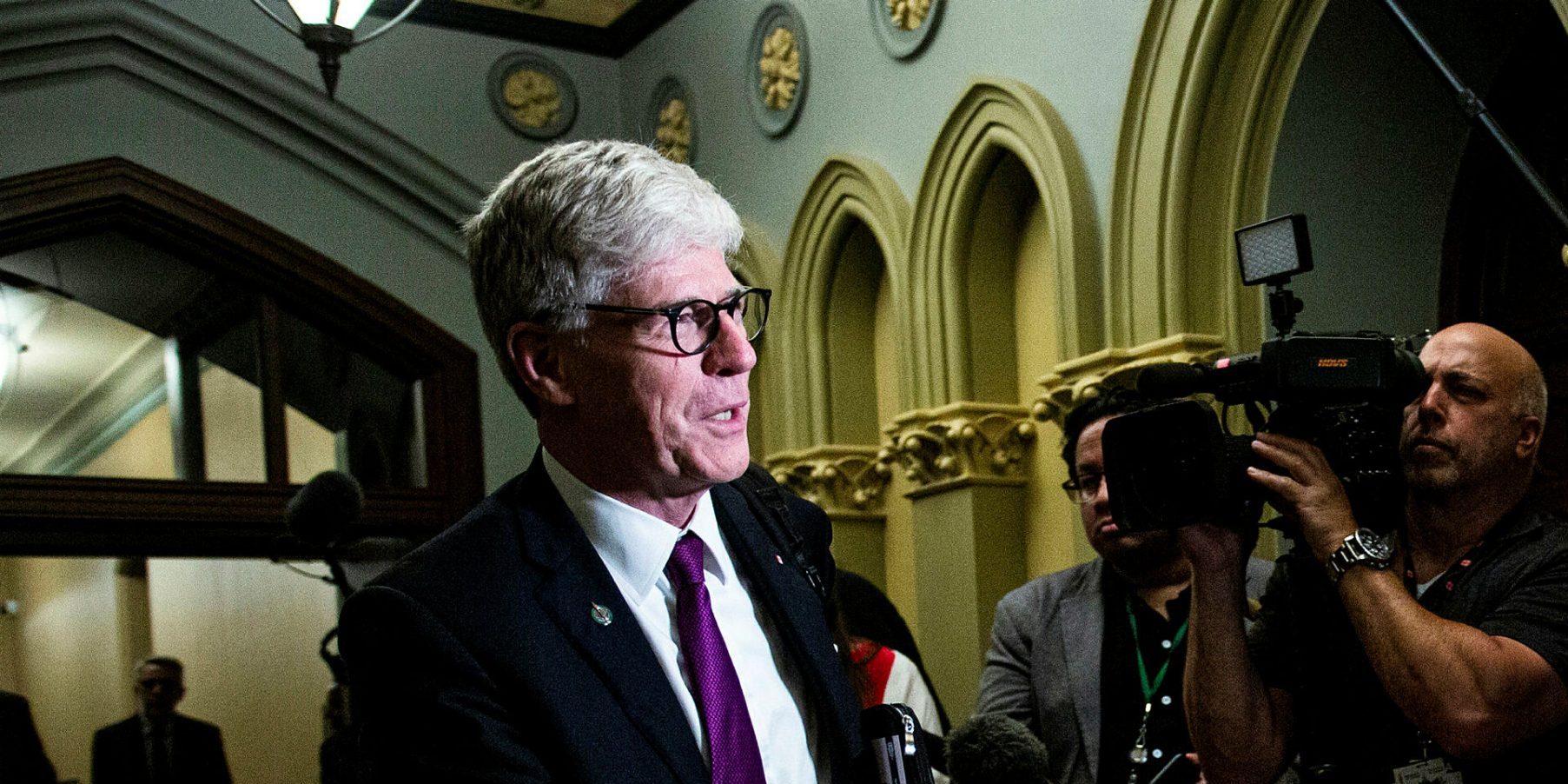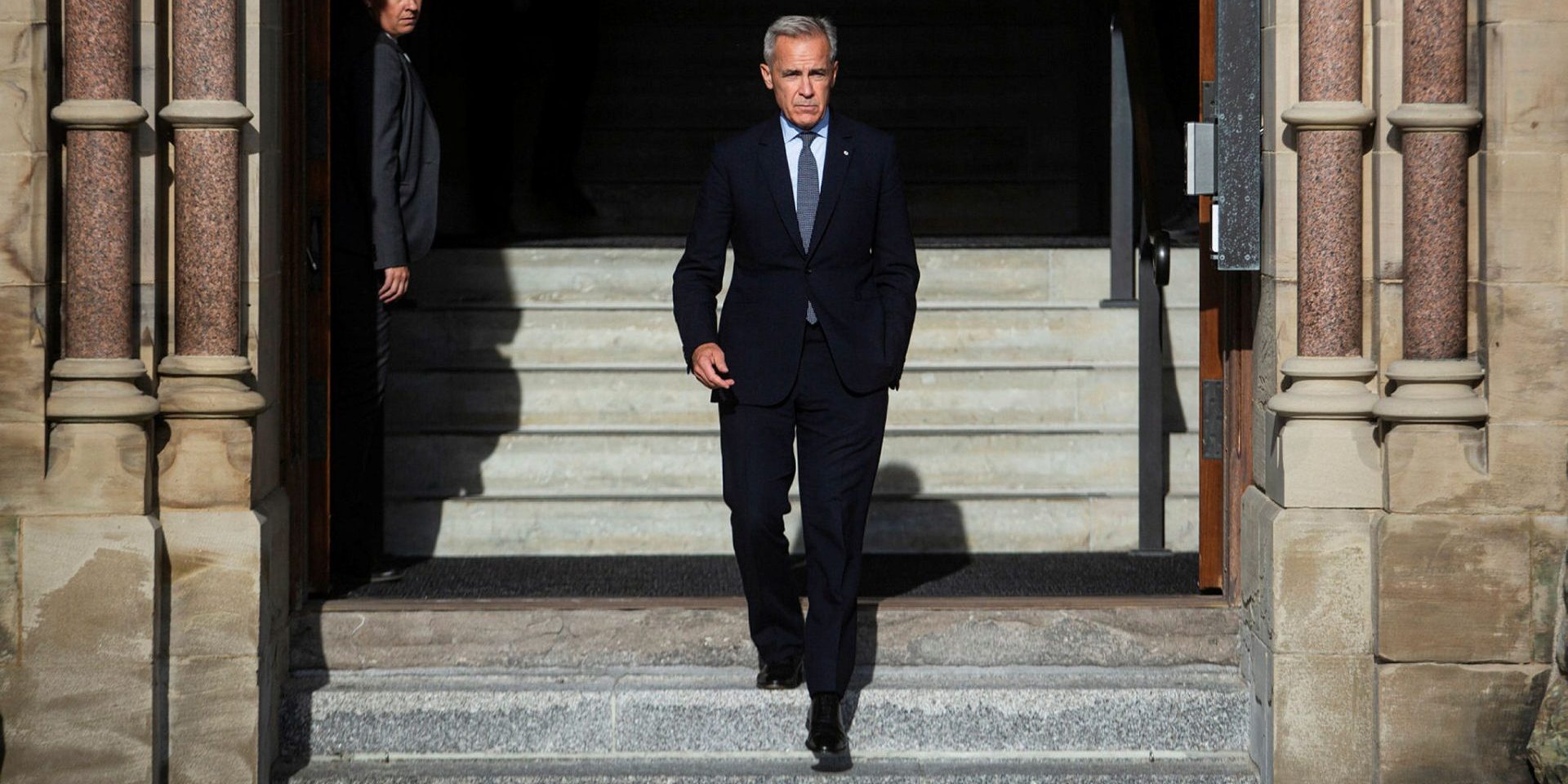Reconciliation is the foundation for Canada’s future projects

Reconciliation is not optional. It is not a trend or an economic calculation. At its heart, reconciliation reflects Canada’s responsibility to walk in partnership with its original peoples, honouring relationships that pre-date Confederation, and ensuring Indigenous nations are full participants in shaping the country’s future. The success of every major project depends on this foundation. Projects built with First Nations thrive; those without strong engagement risk delays and obstacles.
Since the Truth and Reconciliation Commission released its 94 Calls to Action, Canada has taken meaningful steps forward by adopting UNDRIP, affirming Indigenous jurisdiction in child welfare, investing in clean drinking water and housing, and resolving long-standing disputes, among other measures. These achievements signal progress, yet persistent service inequities and infrastructure gaps continue to impact Indigenous communities, reminding us that much work remains.
At the same time, political attention has increasingly shifted toward geo-political and economic pressures—to strengthen productivity, protect jobs, and move resources to new markets. Without careful focus, reconciliation risks slipping from view. That would be a missed opportunity. Reconciliation is not only a moral responsibility; it is also the foundation for Canada’s economic future. Even when it is not in headlines, its importance remains constant.
Bill C-5, the Canada Build Act, is designed to accelerate approvals for projects of national interest. But experience shows that speed without thoughtful engagement can create conflict. From Oka in 1990 to Wet’suwet’en in 2020, the lesson is clear: consultation treated as a formality carries high costs. For industry, investing time early to build relationships and understand Indigenous priorities reduces delays and fosters stronger outcomes.
To support effective project delivery, Canada has established the Major Projects Office, and affirmed that it will respect Indigenous rights; uphold free, prior, and informed consent (FPIC); and provide equity opportunities for nations. It has also created the Indigenous Advisory Council to help advance this work, which is a good step. However, nations continue to seek clarity on the process for project designation under the act and how their rights will be respected. Governments can respond with transparent standards, clear timelines, and mechanisms to ensure commitments are followed.
Canada has referred five projects for potential designation under the act, several made possible by years of engagement between industry and local nations. What remains to be tested is how new or conceptual projects will proceed. Success depends on investing time and resources up front and embedding consultation, environmental responsibility, and Indigenous decision-making from the start. Even in urgent times, these steps cannot be rushed without affecting trust and stability.
Ensuring nations have the tools to lead is also essential. Projects such as the Wataynikaneyap Power Transmission Line and the Kivalliq Hydro-Fibre Link show what is possible when Indigenous leadership drives development. Expanding such models requires reliable access to capital. Canada’s $10-billion Indigenous Loan Guarantee Program is a valuable resource, but financial tools complement, not replace, genuine partnership and consent. For industry, this means designing projects to include equity opportunities, technical support, and shared governance with Indigenous partners.
FPIC is central to reconciliation. It ensures communities have complete information, time to deliberate, and the ability to make decisions. FPIC may not be a veto, but it is a path to authentic participation and collaboration. Embedding FPIC in practice strengthens relationships and supports lasting outcomes.
Consultation that reflects Indigenous priorities from the outset builds confidence among governments, industry, and nations that commitments will be respected. Advisory councils can certainly guide the process, but the Crown retains the duty to consult. Governments can support this by establishing clear requirements and reporting publicly on progress. And industry can contribute through early and consistent engagement, designing projects to include equity opportunities, and integrating Indigenous priorities. Loan guarantees and ownership tools enhance participation but never replace consent.
When these practices are in place, all parties can work together more effectively. True success comes when governments, industry, and Indigenous nations act as partners from the outset. This includes addressing past harms while developing forward-looking solutions. Governments can provide frameworks and accountability, industry can invest responsibly, and nations can lead in shaping projects that affect their lands and communities.
This Reconciliation Day is a reminder: reconciliation is not a barrier to progress. It is the foundation of Canada’s future. Reconciliation is ongoing, and every project provides a moment to strengthen relationships, embed Indigenous leadership, and get it right. When governments, industry, and Indigenous nations build together with trust, equity, and consent, all of Canada moves forward. Eh-ko-teh. Meegwetch.
Katherine Koostachin, a Mushkegowuk Cree from Attawapiskat First Nation, has advised the Prime Minister’s Office and federal ministers, and continues to guide governments, industry, and Indigenous nations in delivering projects that achieve results while reflecting Indigenous values. She is currently the vice-president of Indigenous Relations and Reconciliation with Sussex Strategy Group.
The Hill Times





 LICENSING
LICENSING PODCAST
PODCAST ALERTS
ALERTS


